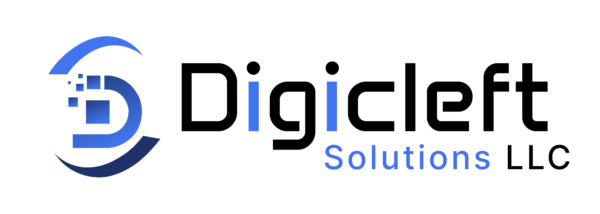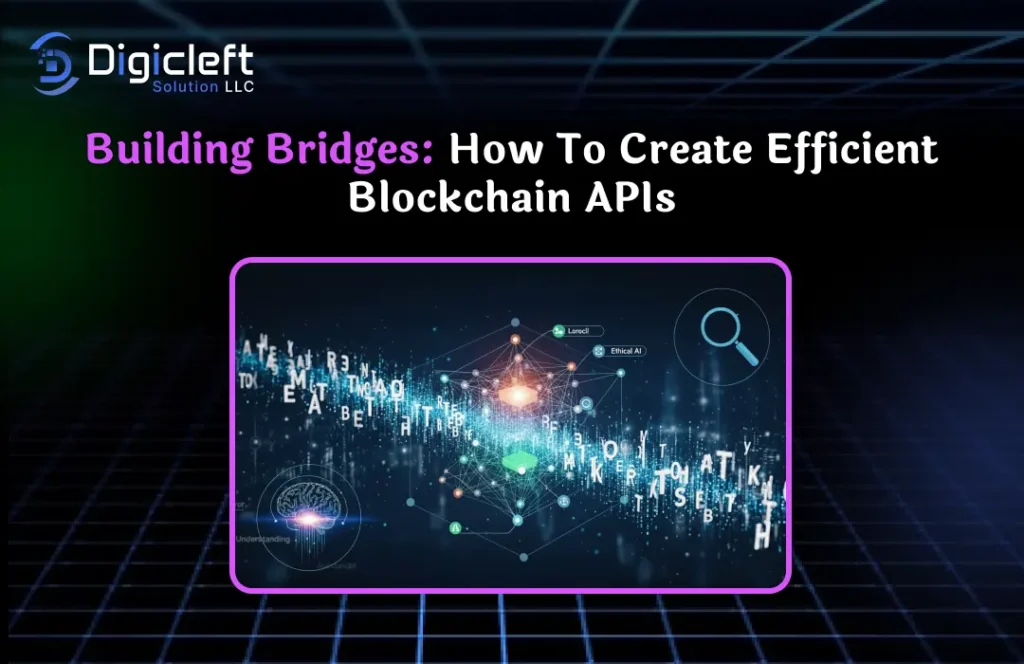
Introduction
Blockchain isn’t just about cryptocurrencies anymore it’s the digital backbone for everything from supply chains to healthcare. But here’s the catch: without efficient APIs, blockchain is like a locked treasure chest. APIs are the keys that let developers unlock blockchain’s potential, build Apps, and connect with existing systems.
So, how do you build efficient blockchain APIs that don’t just function but thrive in real-world conditions? That’s exactly what we’ll dive into.
Understanding Blockchain APIs
Think of blockchain APIs as bridges. On one side, you’ve got the blockchain with its immutable data. On the other, you’ve got apps, websites, and businesses that need to access that data. APIs make this communication seamless.
Without APIs, interacting with blockchains would feel like trying to decode a secret language. APIs simplify that language into developer-friendly formats.
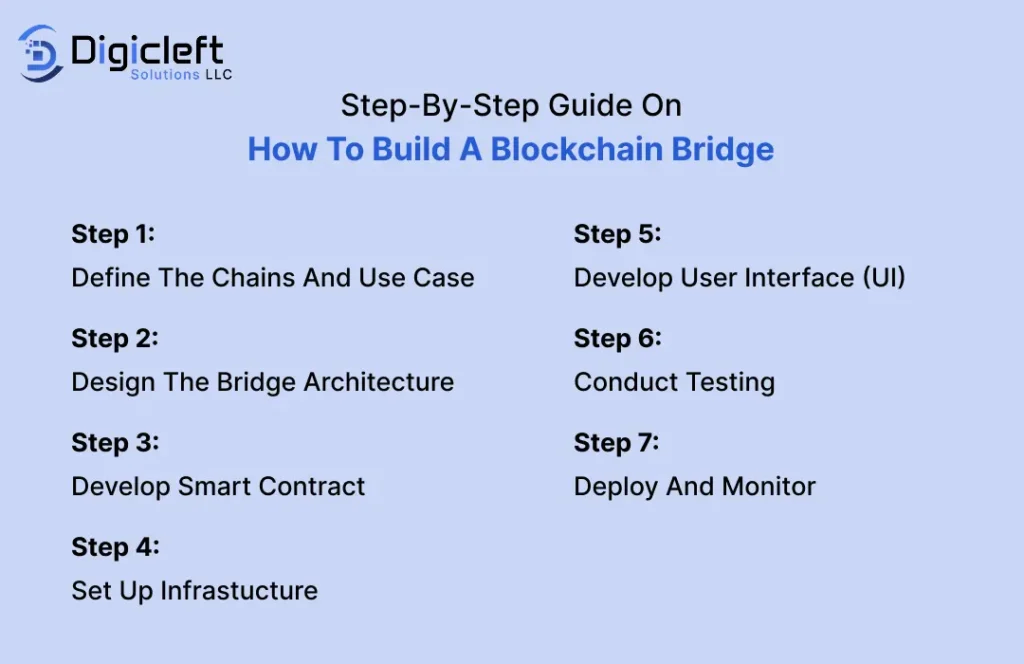
The Growing Need for Blockchain APIs
We’re moving past the “crypto-only” era. Today, logistics companies track shipments via blockchain. Hospitals store patient records securely. Banks test blockchain for cross-border payments.
Every one of these use cases needs a robust API. The demand is only growing as more industries step into the decentralized world.
Core Features of a Good Blockchain API
To stand out, a blockchain API should nail three things:
- Speed & Low Latency – Nobody likes waiting for transaction confirmations. Efficient APIs minimize lag.
- Security – APIs must protect sensitive data from prying eyes.
- Scalability – APIs should handle growing traffic without collapsing under pressure.
Types of Blockchain APIs
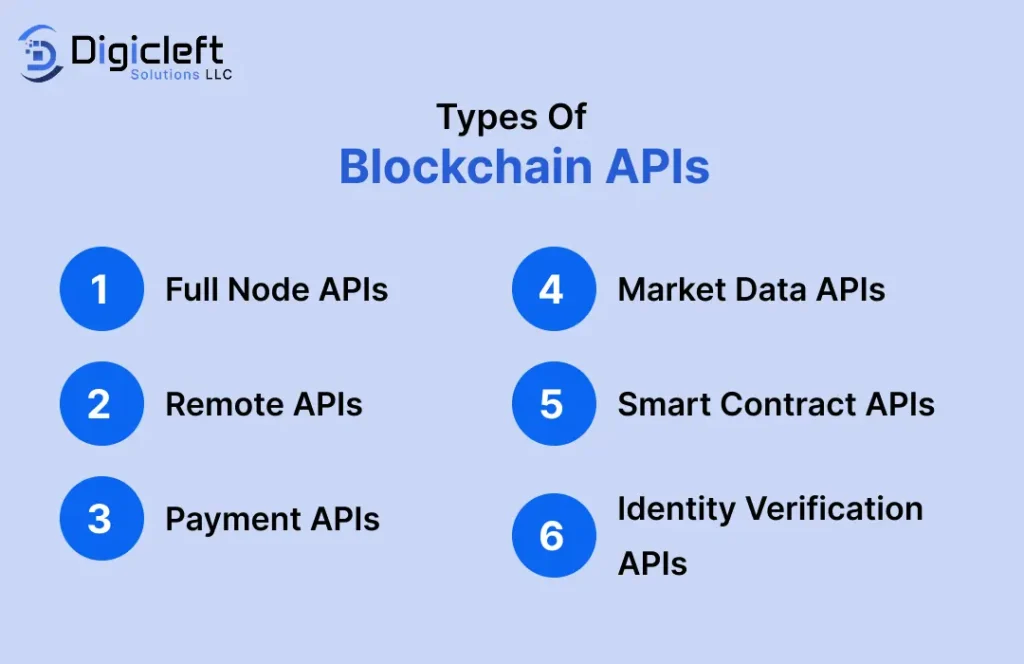
- Public APIs: Open for anyone, great for transparency but riskier in security.
- Private APIs: Restricted to specific users, perfect for enterprises.
- Hybrid APIs: The sweet spot flexibility with some level of control.
Designing Efficient Blockchain APIs
When building an API, choosing the right approach is crucial:
- REST: Simple and widely used.
- GraphQL: Perfect for fetching only what you need.
- gRPC: Great for high-performance needs.
Handling thousands of transactions per second isn’t easy. Efficient APIs must be optimized for batch processing and async calls to manage the load.
Security in Blockchain APIs
Blockchain is secure by design, but APIs can be weak links. To fix that:
- Use end-to-end encryption.
- Implement OAuth2.0 or JWT for authentication.
- Guard against DDoS attacks and replay attacks.
Think of it as putting a lock on the bridge so only the right travelers can cross.
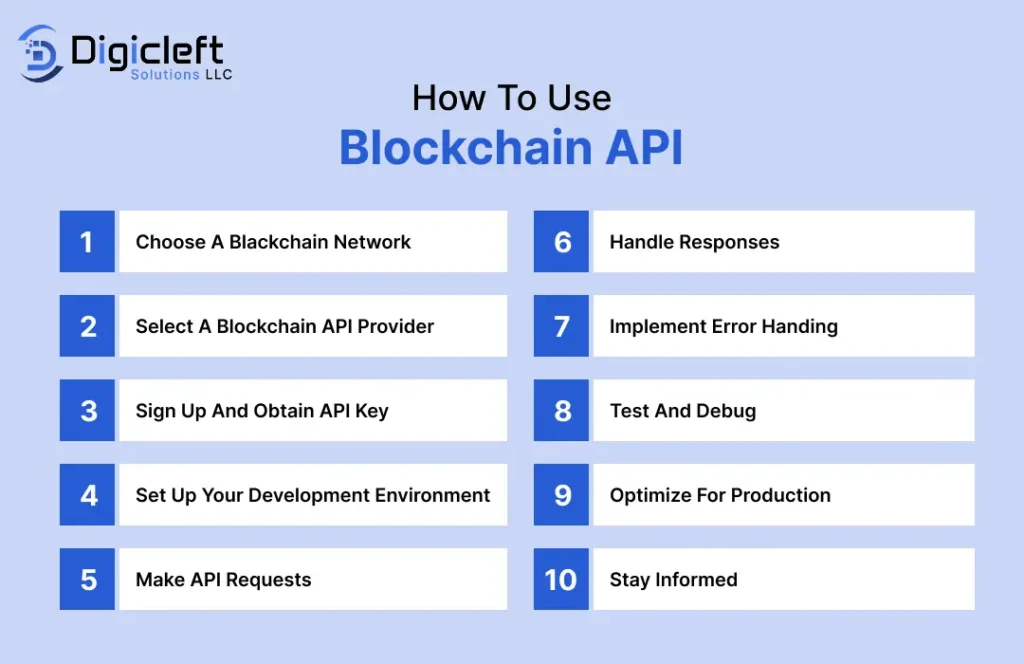
Scalability Challenges
As more users pile in, networks can get congested. Solutions include:
- Sharding: Splitting the blockchain into smaller parts.
- Sidechains: Offloading transactions to secondary chains.
- Layer-2 solutions: Lightning-fast settlements outside the main chain.
Real-Time Data Handling
Imagine tracking a Bitcoin price update with a 10-minute delay not helpful, right? Efficient APIs deliver real-time data.
- WebSockets: Push live updates instantly.
- Polling: Slower, but sometimes enough for smaller apps.
Integration with Existing Systems
Businesses often run on old systems that don’t talk blockchain. APIs are the translators.
Take banking, for instance. APIs connect blockchain payments with traditional accounting software, making the transition smooth.
Developer Experience (DX)
An API is only as good as the experience it provides developers. That means:
- Clear documentation with examples.
- Sandbox environments for safe testing.
- Community support for troubleshooting.
Tools and Frameworks
Some popular names in the API game include:
- Infura for Ethereum access.
- Alchemy for scalable dApps.
- Digicleft Solution as a reliable blockchain integration partner.
On the open-source side, frameworks like Web3.js and ethers.js make life easier.
Case Studies of Efficient Blockchain APIs
- Ethereum: Its API ecosystem powers thousands of dApps.
- Digicleft Solution: Known for simplifying enterprise blockchain integration with secure and scalable APIs.
- Fintech startups: Using APIs to build faster, cheaper payment systems.
Future of Blockchain APIs
The road ahead is exciting:
- AI-enhanced APIs: Smart error detection and automated scaling.
- Cross-chain interoperability: APIs that connect multiple blockchains seamlessly.
- Plug-and-play solutions: Easy for non-developers to use blockchain features.
Conclusion
Building efficient blockchain APIs is like constructing bridges strong enough to handle heavy traffic, secure enough to block threats, and smart enough to adapt to the future.
If businesses want to leverage blockchain at scale, APIs aren’t optional they’re essential. With tools like Digicleft Solution and upcoming innovations, the path to seamless blockchain adoption is clearer than ever.
FAQs
1. What makes a blockchain API efficient?
Speed, security, and scalability are the big three factors.
2. Are blockchain APIs only for developers?
Not at all. Businesses rely on them too, even if they never see the code.
3. How do blockchain APIs ensure security?
Through encryption, authentication, and continuous monitoring.
4. Can blockchain APIs connect different blockchains?
Yes cross-chain APIs are the future of interoperability.
5. Which industries benefit most from blockchain APIs?
Finance, supply chain, healthcare, and logistics are leading the way.
